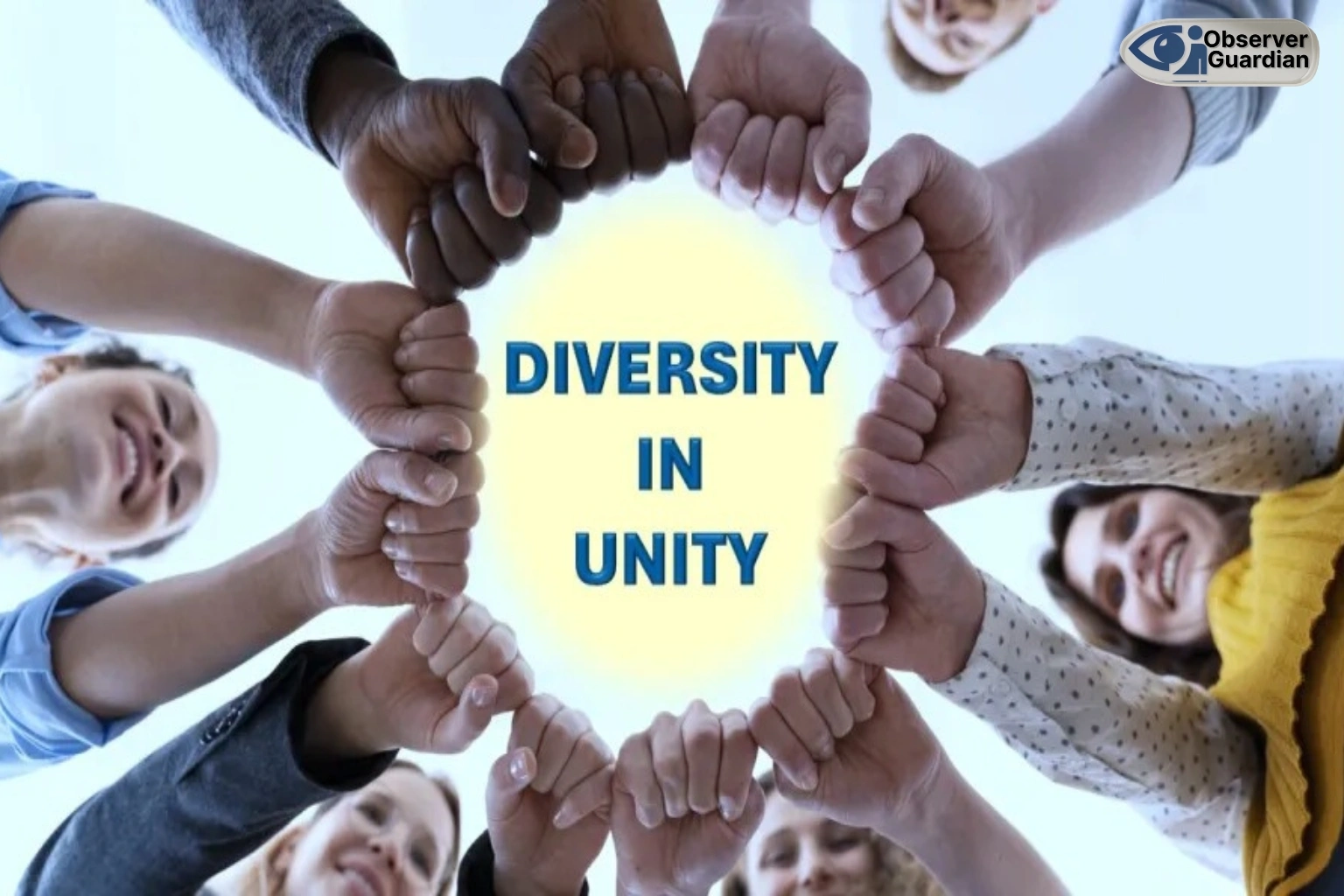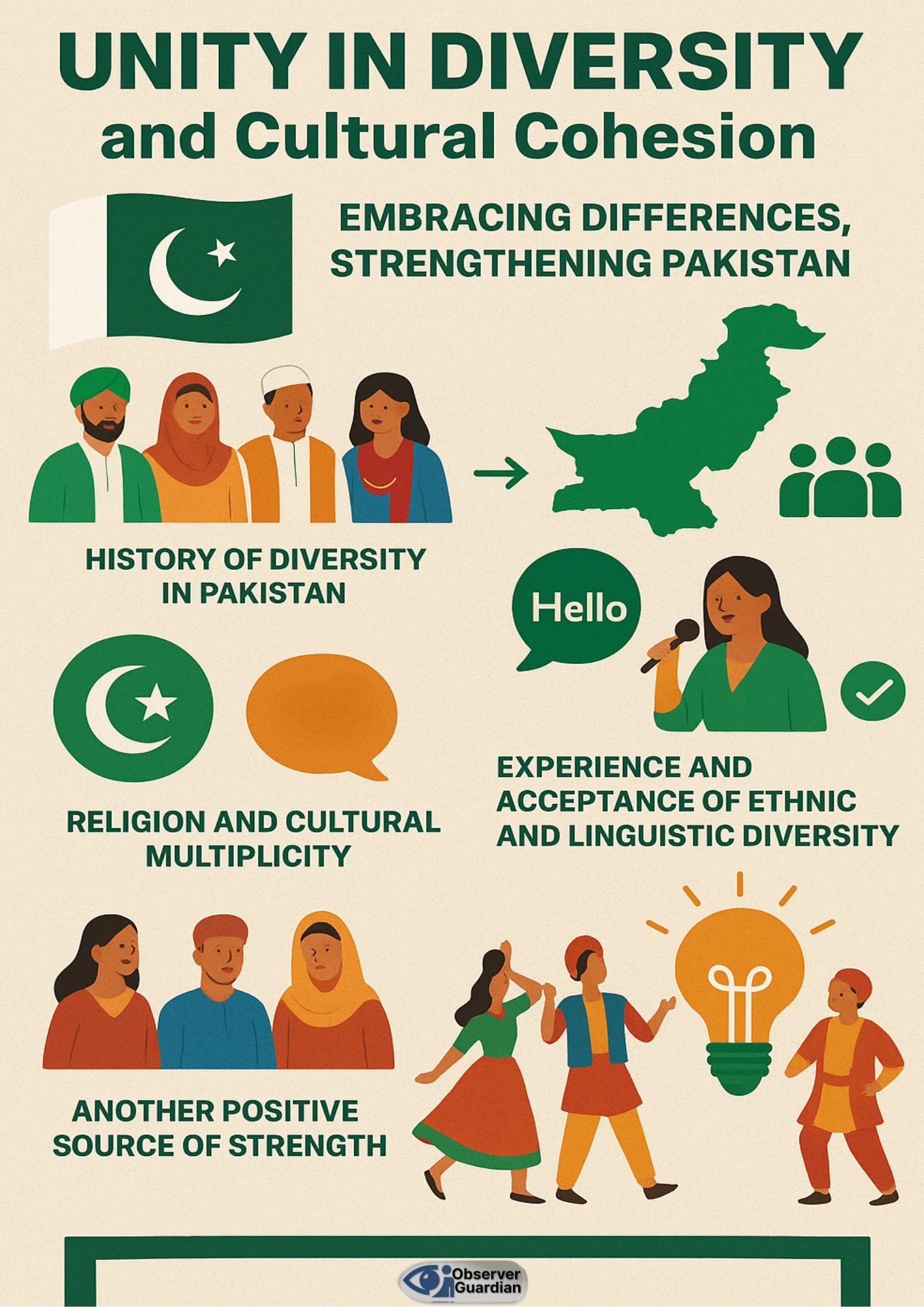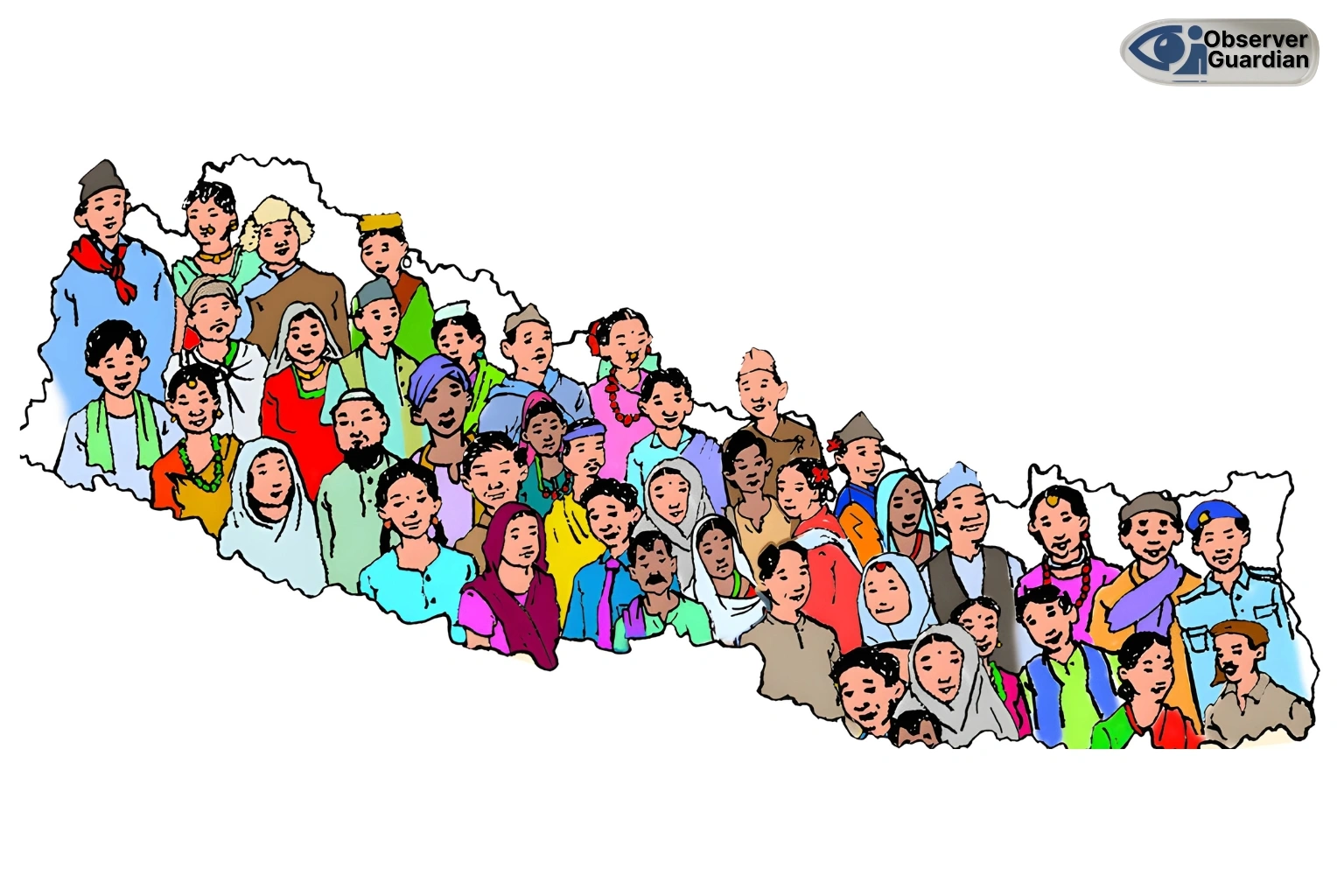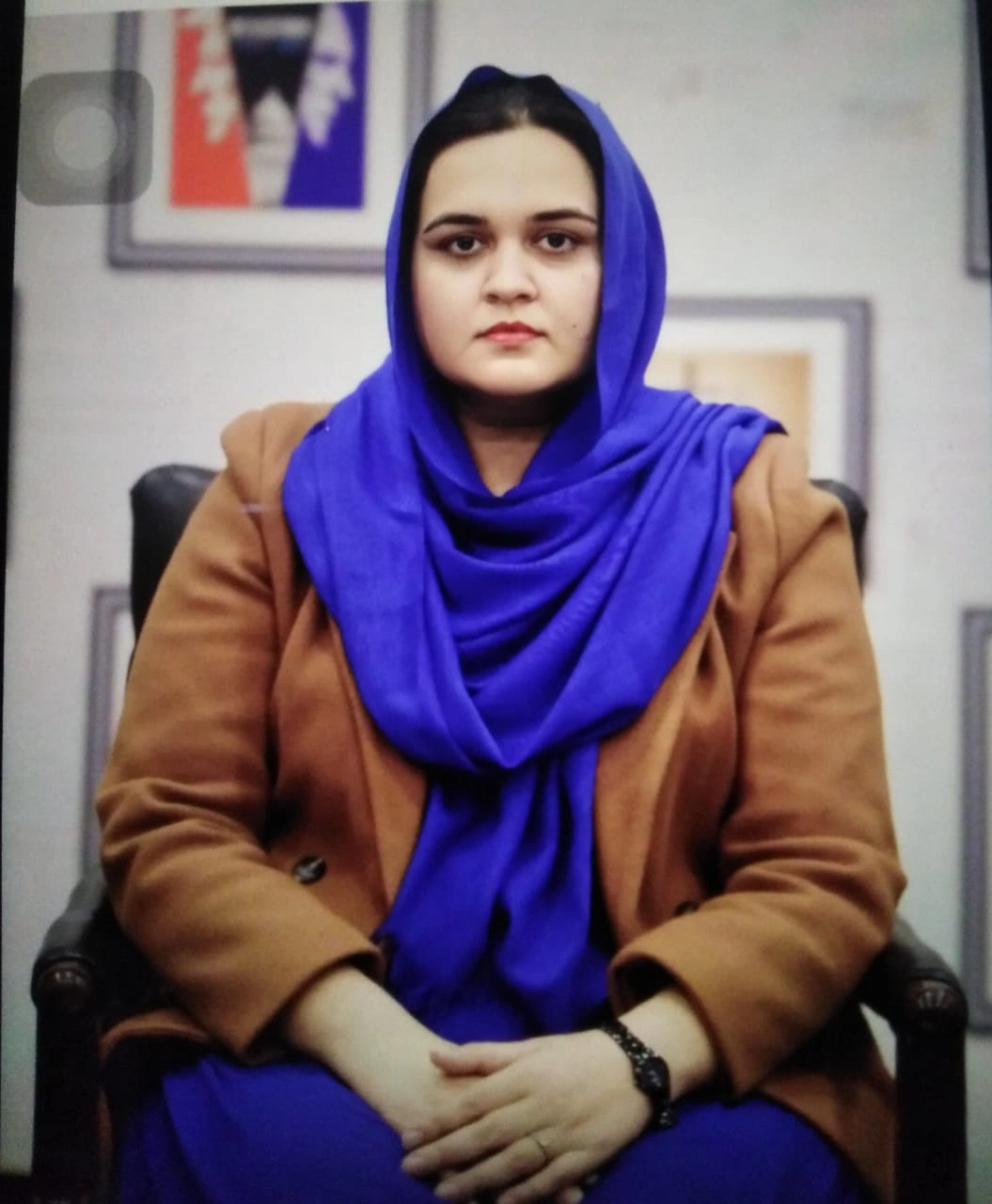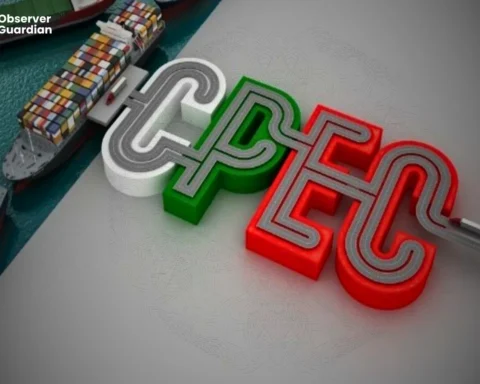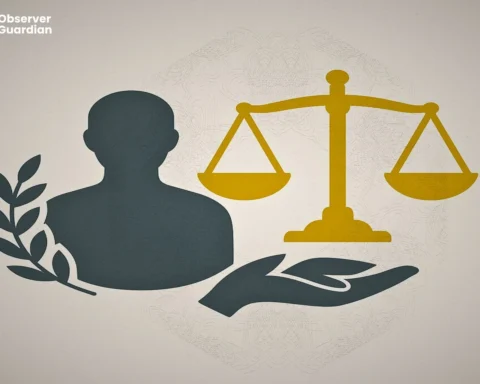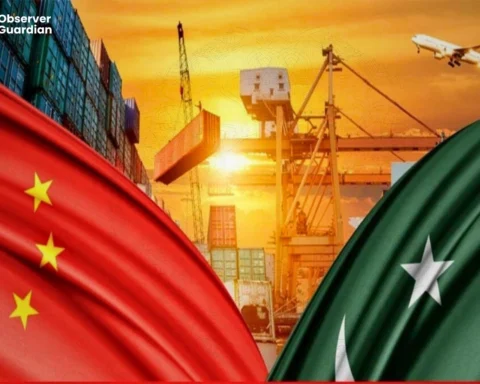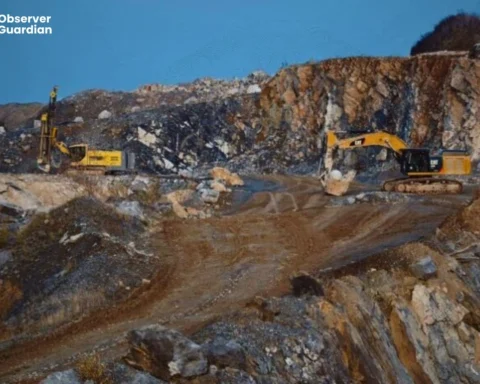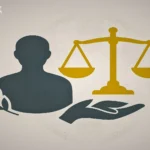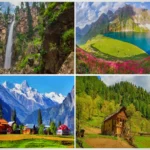Embracing Differences, Strengthening Pakistan
Tremendous cultural, linguistic and ethnic diversity is the bestowment of Pakistan. Clad in snow and mountains of Gilgit Baltistan to the deserts of Sindh and the lush plains of Punjab to the wild tripping mountains of Balochistan, the country mirrors a rich mosaic of different traditions, languages and identities. Such variety is not the sign of weakness, but a great power. Moreover, provided it is utilized with a touch of inclusivity, tolerance and mutual respect. The pillar of Unity in Diversity has given Pakistan a blueprint to fortify its social texture, national coherence as well as project an image of cultural heritage on the international front.
History of Diversity in Pakistan
The region which forms Pakistan today always was a crossroads of cultures. Pakistan is multicultural and has been shaped by the Indus Valley Civilization, Gandhara culture, influences brought in as a result of Islam and Central Asia, Persian influences, and the Mughal culture. The pluralistic national character is based on traditions, attire, music, and cuisines contributed to and by each community and province. The ethnic distinctions, which used to unite Muslims of South Asia in the quest of Pakistan, remain in focus of its national identity.
Experience and Acceptance of Ethnic and Linguistic Diversity
Each of these languages comprises more than 70 languages and are mostly found in Pakistan with common languages being Urdu, Punjabi, Sindhi, Pashto, Balochi, Saraiki, Hindko, and Burushaski.
Urdu as a unifying language but the preservation of heritage and promotion of inclusivity is provided through the normalization and promotion of regional languages.
Pakistan can appreciate the diversity of language by promoting bilingual education, media portrayals as well as cultural festivals without putting the national integrity at risk. This type of inclusiveness makes the communities better connected as the relatives will respect each other instead of competing.
Religion and Cultural Multiplicity
Pakistan may be founded on the grounds of being a homeland to the Muslims, but it also harbors such religious groups as Christians, Hindus, Sikhs, Parsis and Buddhists. Equal citizenship, irrespective of faith, was the vision of Quaid-e-Azam Muhammad Ali Jinnah. Ensuring minority rights and making them fit into the mainstream society is an essential concern to actual cohesion. A pluralistic solution does not only adhere to the guarantees offered in the constitution, but it also represents Pakistan as a tolerant and inclusive country in the world.
Another Positive Source of Strength
The nation which can accommodate differences to turn them into a resource in the age of modernity will prosper. The multiculturalism of Pakistan has a potential of offering a creative, innovative, and resilient environment.
As an example, Sindhi folk culture, Punjabi poets, Pashto songs, and Baloch arts combine to create a distinct cultural heritage that makes tourism enjoyable, reinforces the creative economy and increases soft power in the Pakistani nation. Using these distinctions to insert commonly held features of pride allows Pakistan as a nation to develop a form of unity that does not obliterate individuality.
The Media and Education Role
Cultural cohesion can be strong when education and media are used in this direction. Similarities and differences in curricula can be corrected to minimize prejudices and develop respect for diversity in the study of the contributions of all regions and communities.
Likewise, the media which provides the representation to various languages and traditions makes society more inclusive. Having national holidays, painting the works of local artists and telling different cultural tales on TV can help Pakistanis remember that they are not the same, but what can make them united is their differences.
Obstacles to Unity
Nevertheless, Pakistan has faced the problems of ethnic tensions, provincial grievances, and religious intolerance rather frequently. Differences in politics, economic disparity and non-representation create more rifts.
In subduing these challenges, policies should be geared towards equitable development, equitable resource distribution and inclusiveness in politics. The integration of a nation cannot be parachuted like uniformity, but has to be created through justice, dialogue and mutual acknowledgment.
On the Way to a Unified Pakistan
When I say unity in diversity it does not imply dissolution of differences but creation of a common vision whereby all communities should feel appreciated.
A culturally united Pakistan is the one in which Baloch culture, Sindhi music, Pashtun hospitality, Punjabi celebrations and minority legacy all play an equal role in the national culture. With these differences, Pakistan would be able to instill the feeling of belongingness beyond ethnicity, language or religion thereby creating resilience against internal division and external adversaries.
Diversity is the biggest asset of Pakistan if this is integrated with societal tolerance, justice, and inclusivity. The unity in diversity concept presents an alternative of uniting its people in a national sense of purpose, without failing to encourage expressions of local cultural values.
Diversity thus becomes a source of strength in Pakistan by upholding cultural cohesion in education, good governance and taking into consideration differences.
In doing so, it will not only be able to fulfill the vision of people who founded it but also will appear to be a strong, inclusive and prosperous nation in the modern world.
Disclaimer: The views and opinions expressed in this article are exclusively those of the author and do not reflect the official stance, policies, or perspectives of the Platform.

